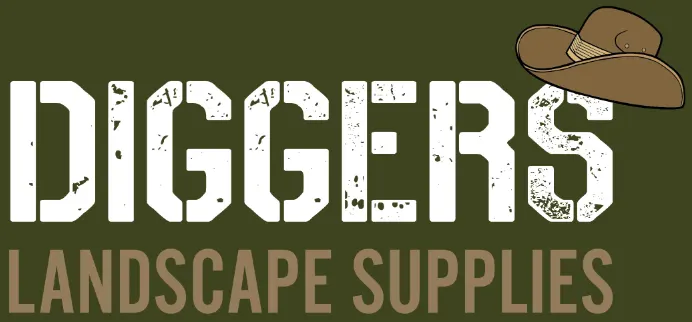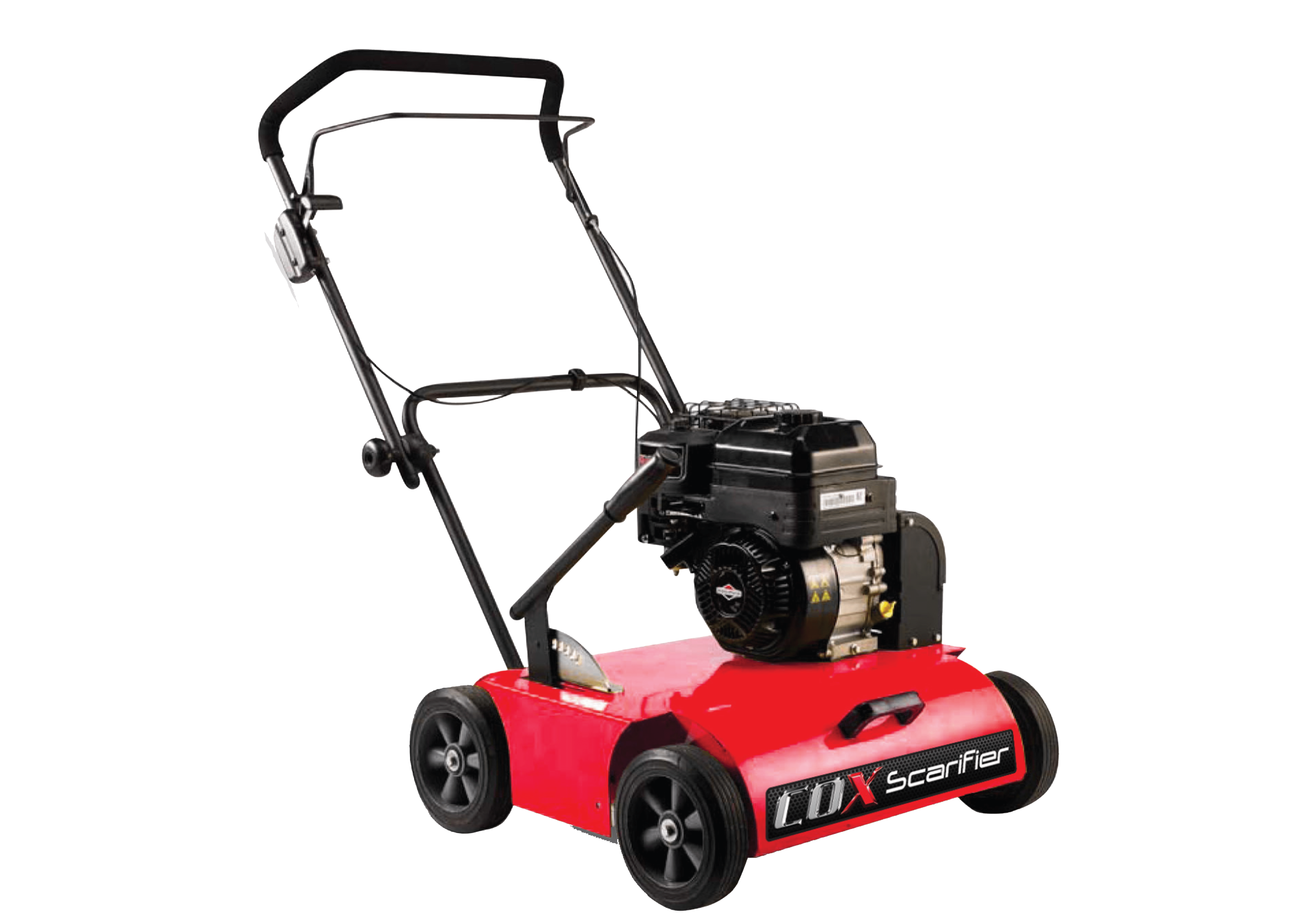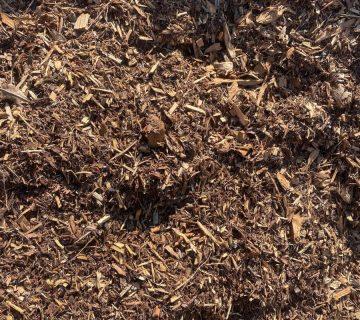When planning a landscaping project, it’s easy to get overwhelmed by choices. Two of the most popular features—retaining walls and pavers—can dramatically shape the look and function of your outdoor space. But which one is the better option? The answer depends on your goals, space, and budget. Let’s break it down.
What Are They?
Retaining Walls
These are vertical structures built to hold back soil, prevent erosion, or create level areas in sloped yards. They’re often made from concrete blocks, timber, or stone.
Pavers
Pavers are individual units made of concrete, brick, or stone, used to build flat surfaces like patios, driveways, and walkways.
Functionality
Retaining Walls: Structural Support
If your property is sloped or has drainage issues, a retaining wall might be essential. It can stop soil from shifting, direct water flow, and create usable flat areas. In many cases, it’s not just an option—it’s a necessity.
Pavers: Flexible Surface Solutions
Pavers are all about access and usability. They’re ideal for driveways, paths, and entertainment areas. While they don’t provide structural support like a retaining wall, they offer a durable, low-maintenance surface that can be used in many ways.
Bottom line:
- Need to stop erosion or hold back soil? Go with retaining walls.
- Want a hard, level surface for walking, driving, or lounging? Choose pavers.
Aesthetic Appeal
Retaining Walls: Bold and Sculptural
A retaining wall adds depth and structure to a landscape. With the right materials and design, it can double as seating or a focal point in the yard.
Pavers: Clean and Customisable
Pavers give a polished look to walkways and patios. They come in a wide range of colours, patterns, and textures, making it easy to match your home’s style.
Bottom line:
- Retaining walls create height and drama.
- Pavers offer more design flexibility and detail at ground level.
Practicality & Maintenance
Retaining Walls: Higher Stakes
Walls usually cost more to build and may require council approval if they’re tall or structural. Poorly built ones can fail, leading to costly repairs.
Pavers: Easier and More DIY-Friendly
Pavers are often simpler to install and repair. Damaged pavers can be swapped out individually, unlike concrete slabs or walls. However, weeds can grow in the joints, and shifting can occur without proper base prep.
Bottom line:
- Retaining walls are more complex and permanent.
- Pavers are easier to maintain and replace.
Which Should You Use?
Choose Retaining Walls If:
- You need to level a steep slope
- You’re worried about erosion or drainage
- You want to create terraced garden beds or steps
Choose Pavers If:
- You’re building a patio, path, or driveway
- You want a design you can change or expand over time
- You’re looking for a cost-effective and versatile option
Planning to order?
Both retaining wall blocks and a wide range of pavers are available at Diggers Landscape Supplies—your local one-stop shop for landscaping materials.
The Takeaway
There’s no one-size-fits-all answer—both retaining walls and pavers serve different purposes. If you’re looking to control land and elevate design, retaining walls are the way to go. If you want a flat, stylish surface for everyday use, pavers are your best bet.


